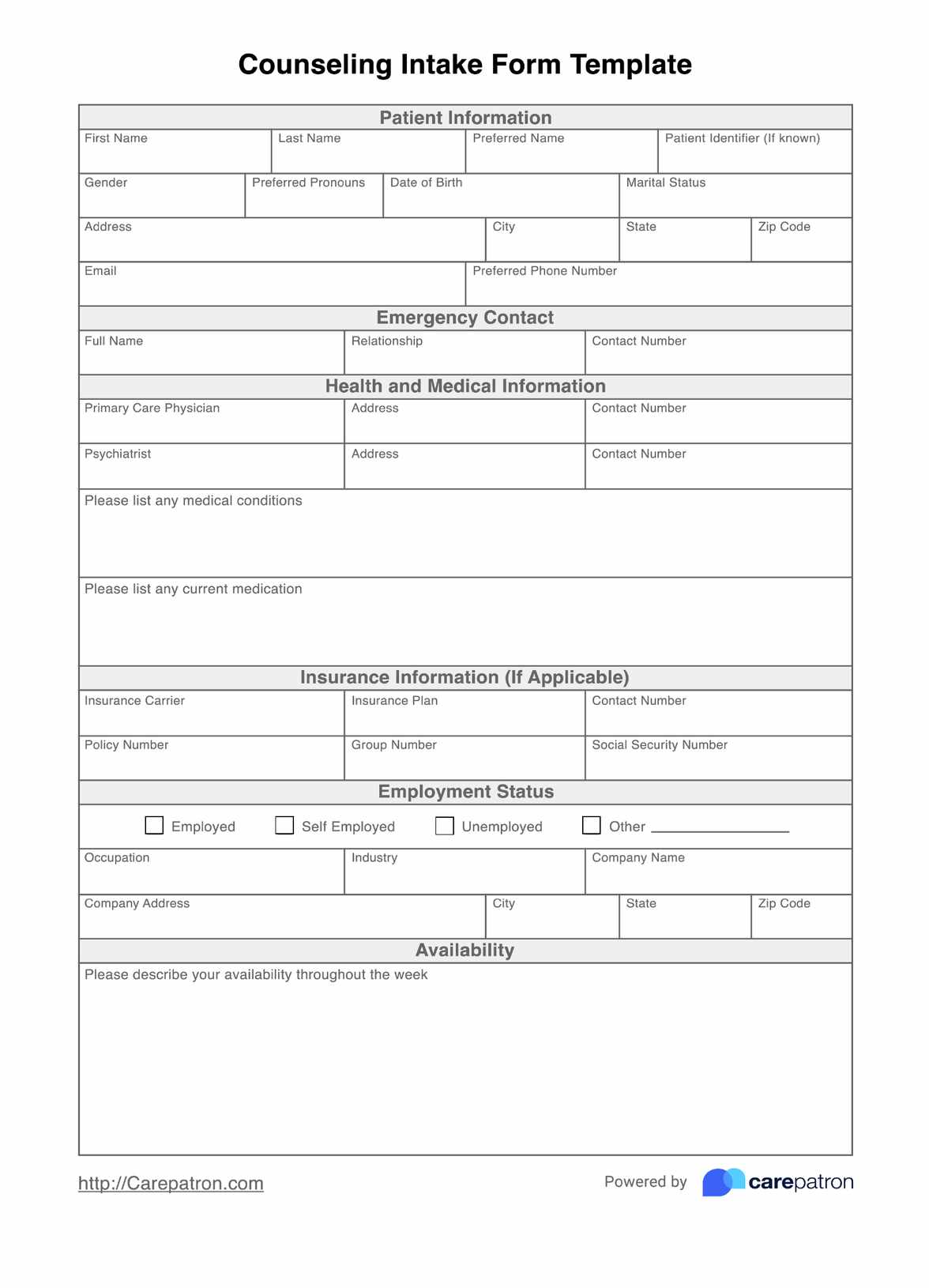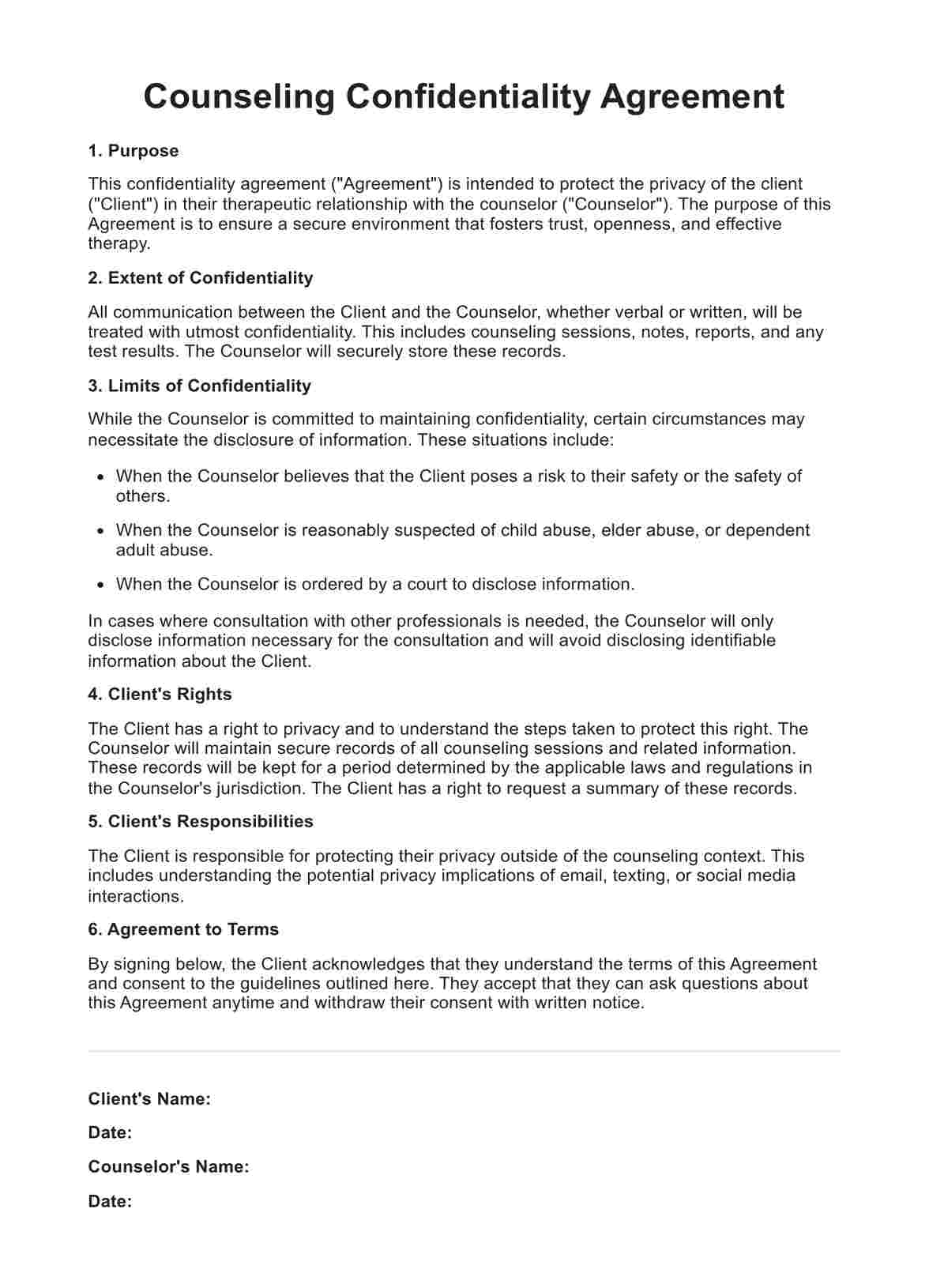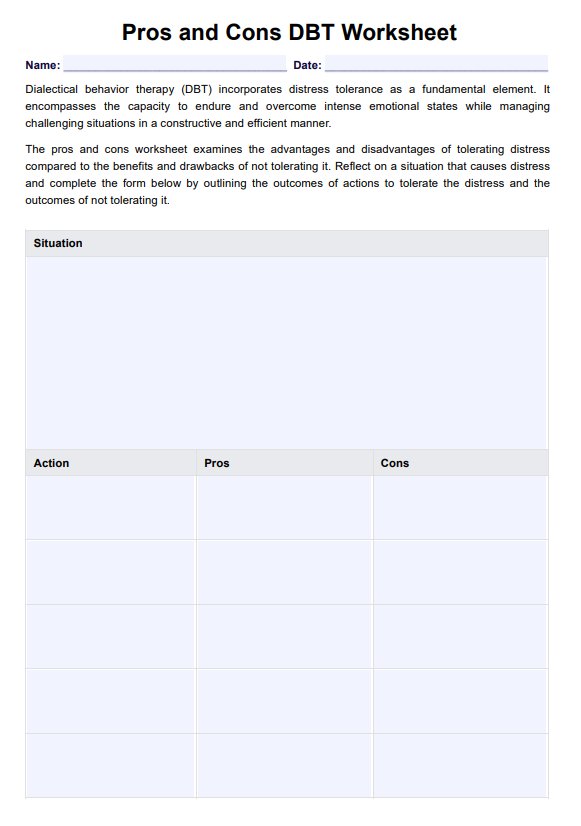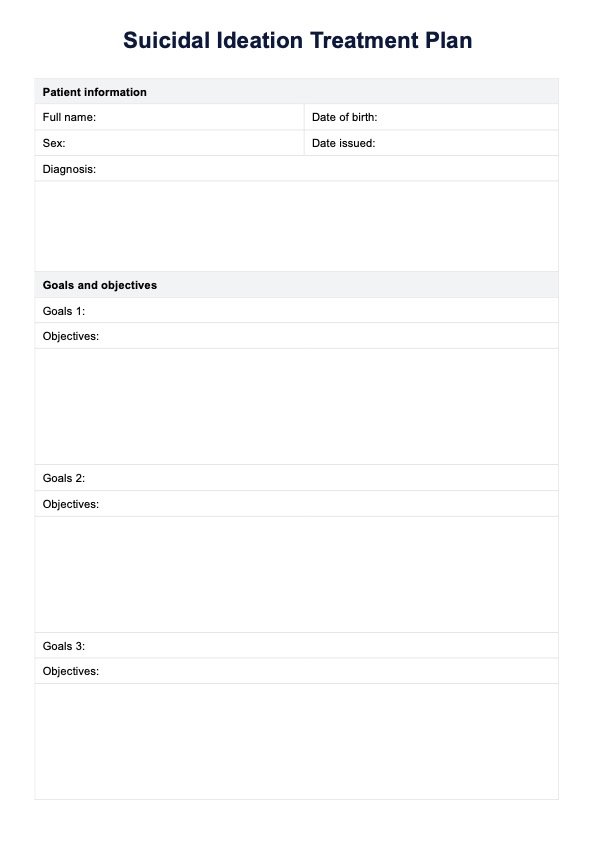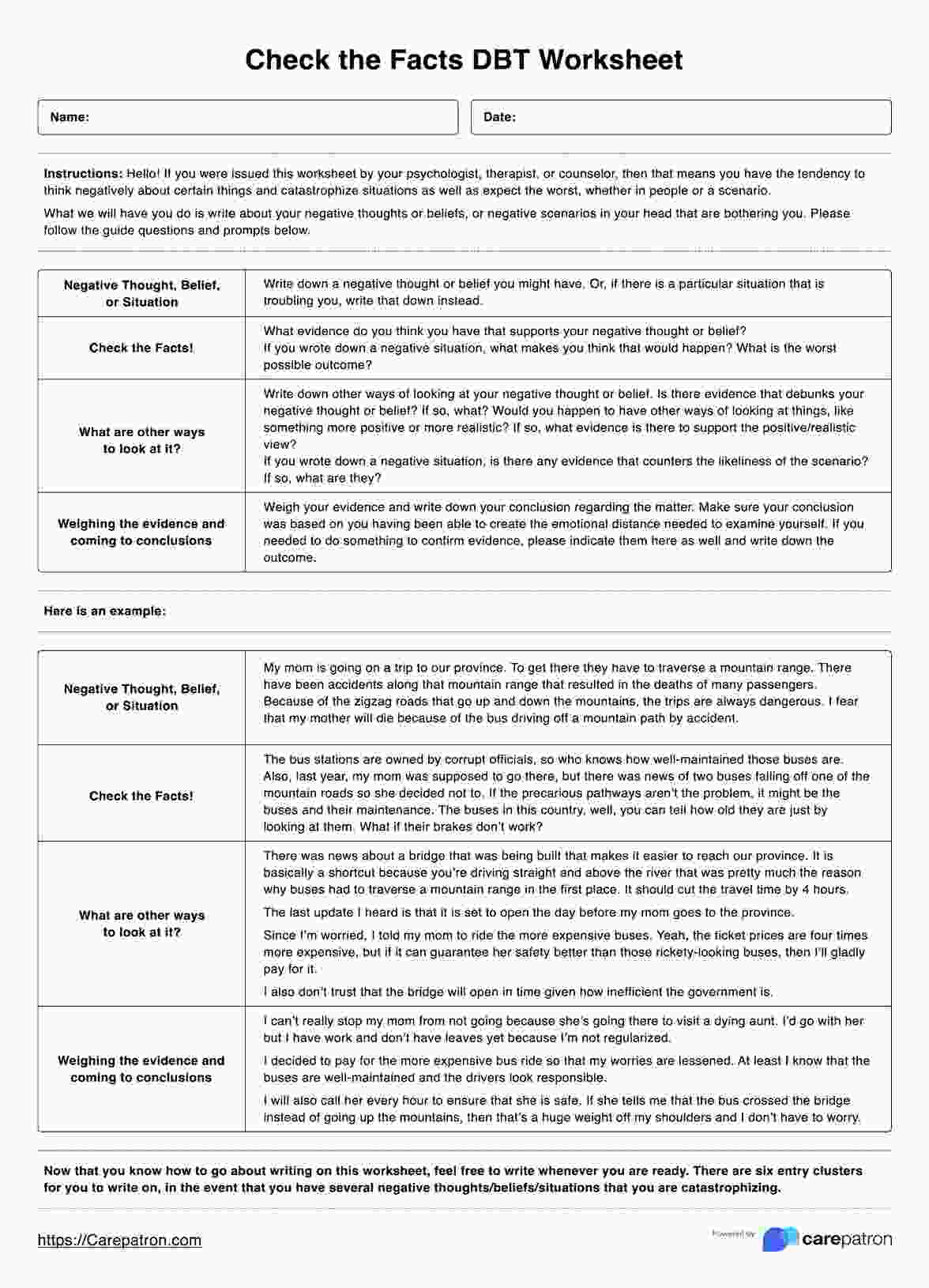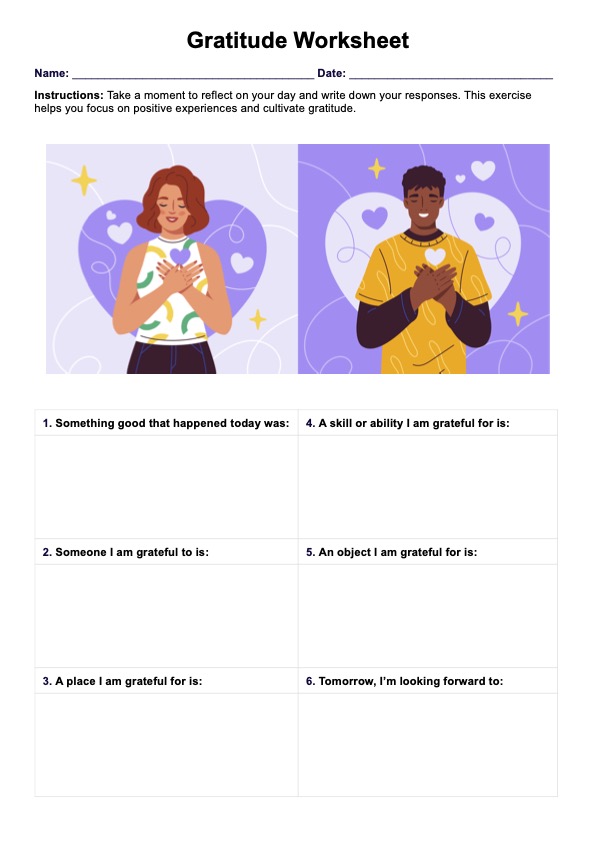Moral Alignment
Uncover your ethical stance with the Moral Alignment Test, a tool rooted in Dungeons & Dragons. Gauge your moral compass and join the discussion today.


What is a Moral Alignment Test?
A Moral Alignment Test is an assessment developed for the Dungeons and Dragons (D&D) role-playing game. It aims to map out a character's moral compass and societal attitudes. This test categorizes characters into nine distinct alignments, each reflecting a unique blend of moral (good, neutral, evil) and societal (lawful, neutral, chaotic) perspectives. The alignments comprise lawful good, neutral good, chaotic good, lawful neutral, true neutral, chaotic neutral, lawful evil, neutral evil, and chaotic evil.
Interestingly, the application of these Moral Alignment Tests has evolved beyond the gaming sphere. Today, they are widely utilized as an engaging and insightful method for individuals to delve into their moral and ethical dispositions. By responding to a range of hypothetical world scenarios and moral dilemmas, individuals can identify which of the nine alignments most closely aligns with their personal principles and behavioral tendencies.
However, this moral alignment system test is NOT a scientifically validated or standardized assessment. It primarily serves as a tool for self-discovery and introspection rather than a definitive measure of a person's moral alignment and character. The results should always be taken with a grain of salt rather than as a concrete categorization.
Moral Alignment Template
Moral Alignment Example
How does it work?
Our free Moral Alignment Test is a fun assessment you can hand out to your patients as an ice-breaker and conversation starter. It is designed to help you learn more about your patients' values, beliefs, and priorities, which can play a crucial role in their health and well-being. Here's how to use the template:
Step 1: Download the template
Get a copy of the Moral Alignment Test using the link on this page or via the Carepatron app. It's also available from our resources library.
Step 2: Give your patient a copy
You can give your patient a printed or digital version of the test. Alternatively, you can talk and walk through the questions with them during a consultation.
Step 3: Ask the patient to complete the assessment
Ask your patient to complete the assessment. Remind them that there are no right or wrong answers, and assure them that their responses will be kept confidential.
Step 4: Review the results
Once your patient has completed the test, you can review their results together. This is an opportunity for open and honest communication about their values and how they relate to their health.
Again, this test is NOT a scientifically validated tool, but it can serve as a starting point for understanding your patient's moral alignment. It also allows for a deeper connection and trust between you and your patient.
What do the results mean?
As mentioned, the Moral Alignment Test categorizes individuals into one of nine moral alignments based on their answers. Here are the potential outcomes individuals can achieve when taking the test, which you can also explore in our handy Alignment Chart Test:
Lawful good
These individuals are virtuous and prioritize upholding the law and safeguarding the well-being of others over their own well-being. A strong sense of duty and justice drives them.
Neutral good
A neutral good character acts with the best intentions, prioritizing personal freedom and the well-being of others. Unlike those who follow a strict code, they focus on what is morally right without being constrained by laws or traditions.
Chaotic good
These individuals prioritize freedom and justice, even if it means breaking societal norms or laws.
Lawful neutral
Order and tradition are priorities for a lawful neutral character. This person follows established rules without a moral agenda, value structure, or organization.
True neutral
True neutral individuals are indifferent to concepts of good and evil, order, and chaos. They make decisions based on personal interests, often taking a pragmatic approach that doesn't lean toward extremes.
Chaotic neutral
A chaotic neutral individual is unpredictable and driven by personal desires. They may act self-serving or anarchic, with no firm commitment to good or evil. Momentary whims guide their actions.
Lawful evil
These individuals employ the law to further their malevolent goals. They may exploit their authority within structured systems, such as becoming tyrants or manipulative figures.
Neutral evil
Neutral evil characters are motivated by self-interest and personal gain. Unconstrained by law or tradition, they engage in morally reprehensible actions to achieve their objectives.
Chaotic evil
The most vicious alignment, chaotic evil individuals take pleasure in causing harm and suffering. They exhibit sadistic and destructive tendencies, disregarding law, order, or the well-being of others.
Make sure to remind your client that Moral Alignment Test results aren't scientifically validated. These results don't undermine the complexity of human personality, motivation, and behavior.
Commonly asked questions
Moral alignment reflects how an individual navigate the complexities of right and wrong in the world, encompassing their actions and decisions based on personal beliefs and values. By understanding moral alignment, individuals gain power over their choices and actions, allowing them to become a free spirit who prioritize well-being over merely maintaining the status quo.
While the concept of moral alignment is primarily used in role-playing games, individuals can draw parallels between their alignment and their real-life ethical outlook. However, it's important to note that moral alignment is not an all-encompassing measure of a person's character or decision-making process.
Moral Alignment Tests are used whenever an individual or group wants to explore moral and ethical perspectives in a structured way.
The length of the test can vary, but most can be completed in about 5 to 15 minutes.

.jpg)
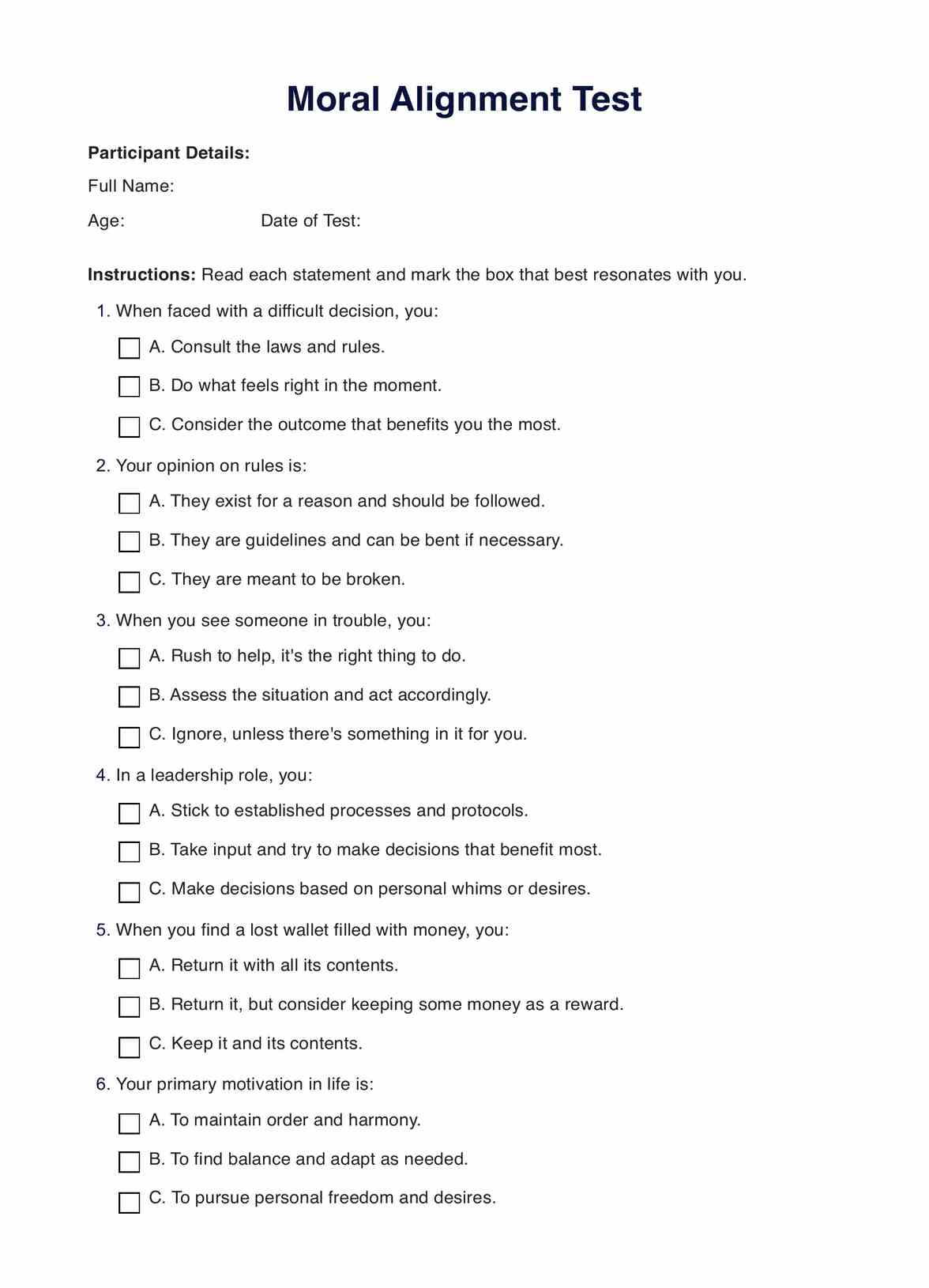
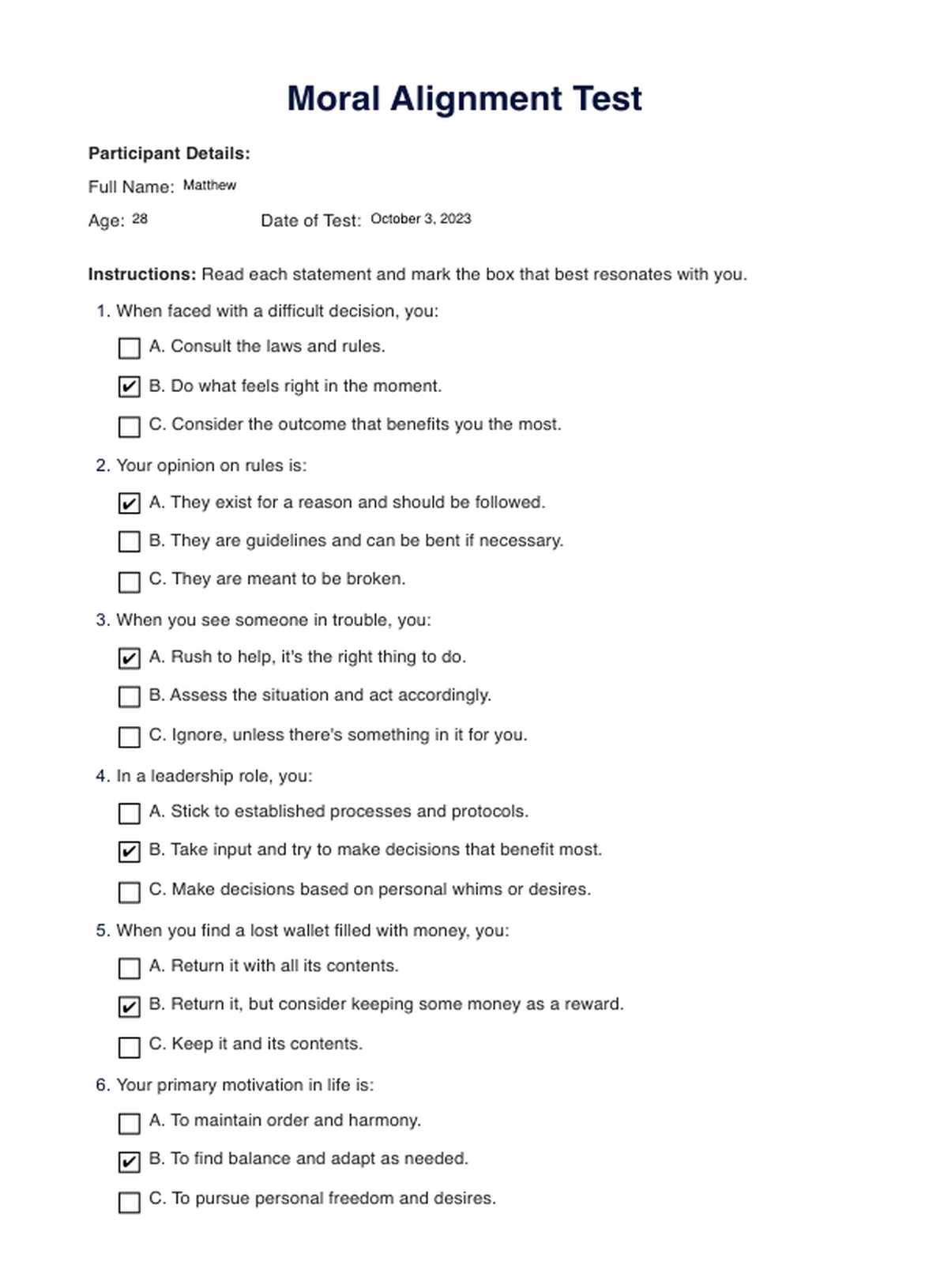
















-template.jpg)




















































































